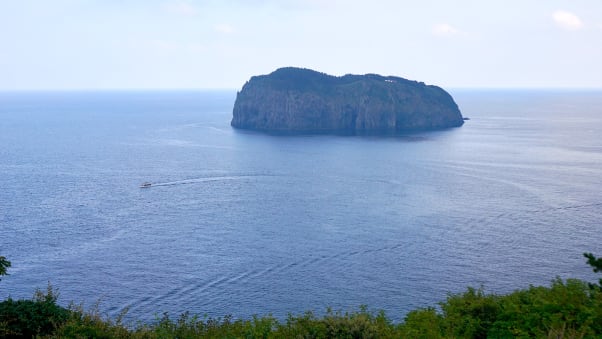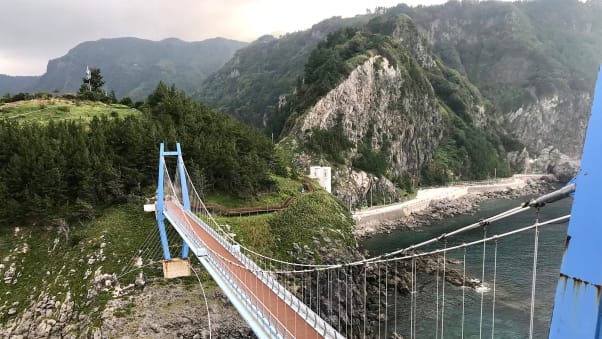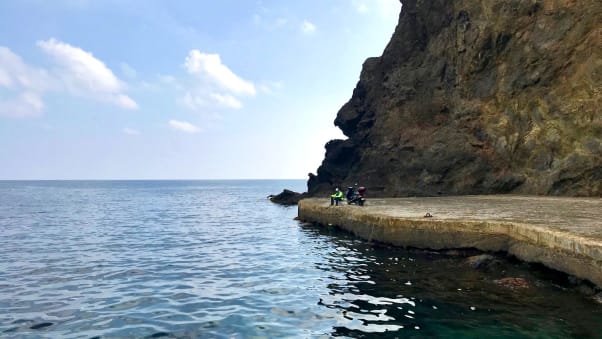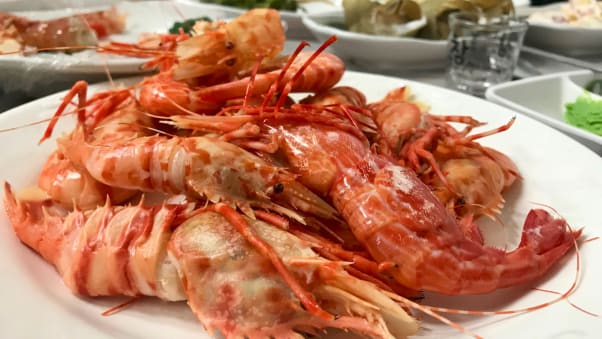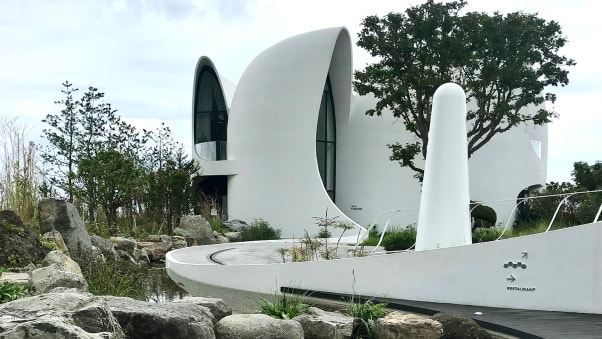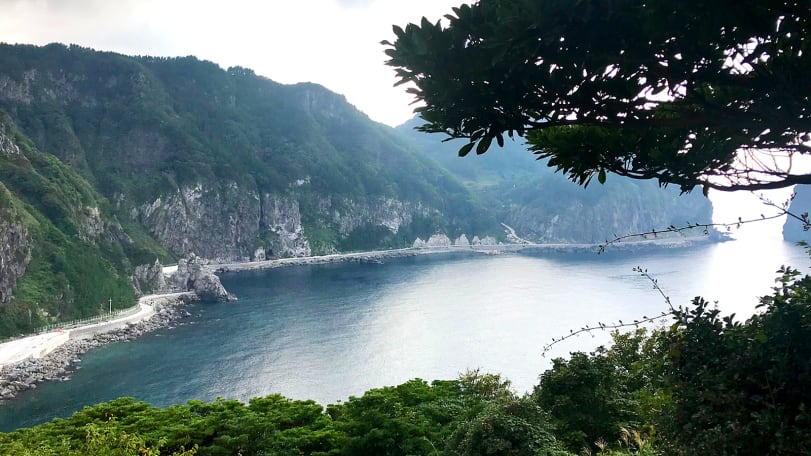
Ulleungdo: The mysterious island drawing travelers to South Korea
Kate Springer, CNN • Published 7th January 2019
(CNN) — A volcanic island in the middle of South Korea's East Sea, remote Ulleungdo island has long been a popular destination among nature-loving South Koreans. But foreigners are just now catching on.
To travel there, you'll first have to navigate a 2.5-hour train ride to Pohang or Gangneung port, followed by a 3.5-hour, stomach-churning ferry ride. At the end of the arduous journey? one of the most beautiful islands on Earth.
Ulleungdo is peaceful and pristine -- a natural refuge that's home to towering volcanic peaks, fascinating rock formations, cedar wood forests, juniper trees, a few tiny fishing villages and a reputation as South Korea's most spiritual destination.
For first-time visitors, here's how to make the most of it:
South Korea's 'Mystery' island
Ulleungdo is nicknamed "Mystery Island" and is known to be a sacred island for the South Koreans. courtesy Kate Springer
Nicknamed Mystery Island for its mystical energy, Ulleungdo is believed to have been formed following volcanic eruptions over 2.5 million years ago. "Ulleungdo is known to be a sacred island where rich energy of the land and clear energy of the sky meet, and where yin and yang marry," explains Jang Yunhee, a local guide from Toursungingbong.
"For most of its history, the island has been difficult to access and uninhabited by people, so primitive nature and ecology are well preserved. This has added to the island's spiritual reputation."
Between 1400 and 1882, Korea's Chosun Dynasty adopted an "empty-island policy" and ordered islanders to evacuate Ulleungdo for fear of Japanese invasion.
It wasn't until the 1880s, when the Japanese claimed Ulleungdo as its own, that the Korean government set in motion a resettlement plan to repopulate the island.
Arriving on the island in 1883, the first wave of settlers included roughly 54 people. Today, there's just over 10,000 inhabitants.
Throughout the spring and summer, fishing and tourism trades thrive. But come winter, the island more or less grinds to a stop.
Ulleungdo is the snowiest place in South Korea -- on this volcanic island, foot-high snow falls are totally normal.
Even though it's difficult to make the ferry journey, due to rough seas, some travelers prefer to visit the island to ski or simply admire the dramatic, snowy mountain scenery.
'旅路' 카테고리의 다른 글
| ‘근대 인문지리학의 아버지’ 이중환과 《擇里志》의 탄생 (0) | 2019.01.16 |
|---|---|
| ‘문명의 꽃’ 피운 그리스 - 아크로폴리스에서 ‘동병상련’을 느끼다 (0) | 2019.01.15 |
| A Buddha over troubled waters (0) | 2018.12.16 |
| 유럽과 가장 가까운 아프리카… 그게 비극의 씨앗이었다 (0) | 2018.11.29 |
| 초원의 나라, 몽골을 아시나요 (0) | 2018.11.21 |
